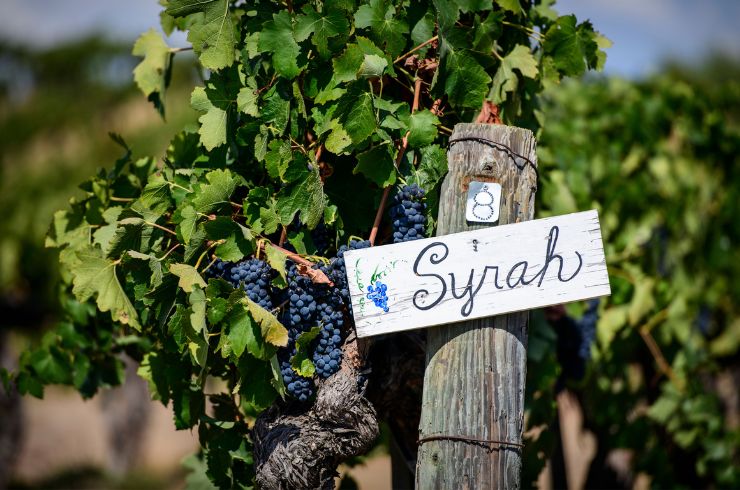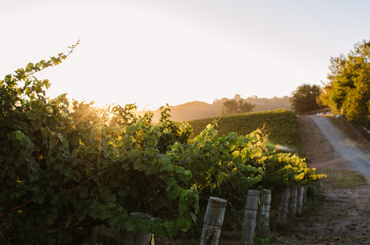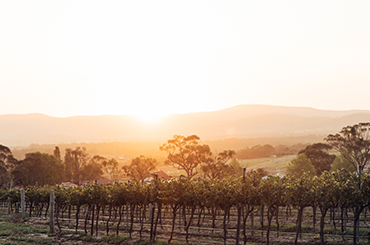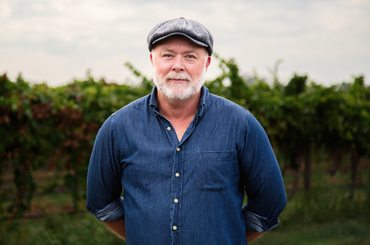Clare Valley was originally planted in the 1840s by the English journeyman John Horrocks. Following Horrocks, the Jesuit priest Father Kranewitter settled into the area, planted vines and built a winery on his property, Sevenhill. The Sevenhill winery may have been the first in Clare Valley, but with the advent of a gold mining boom, and more ambitious families settling in the area, more vineyards and wineries came about, and the wine region proper began its emergence.
There were nearly 600 hectares of land under vine by the end of the 19th century, and the development of the wine community continued through the early 1900s. The 1950s, '60s and '70s saw more enhancement of Clare wineries and a distinct turn to the boutique and famed names of the region plying their trade, with Taylor (Taylors), Barry (Jim Barry) and Brady (Wendouree) rising up through this period.
The early 1980s saw a bearded ‘hipster’ set up a winery in an old shed with second hand equipment and ambitious winemaking applied. While the image might echo that of today’s avant garde set, Jeffrey Grosset had benchmark wine plans for his fledgling winery, and having applied his keen mind to honing the regional styles, particularly riesling, a torchbearer emerged.
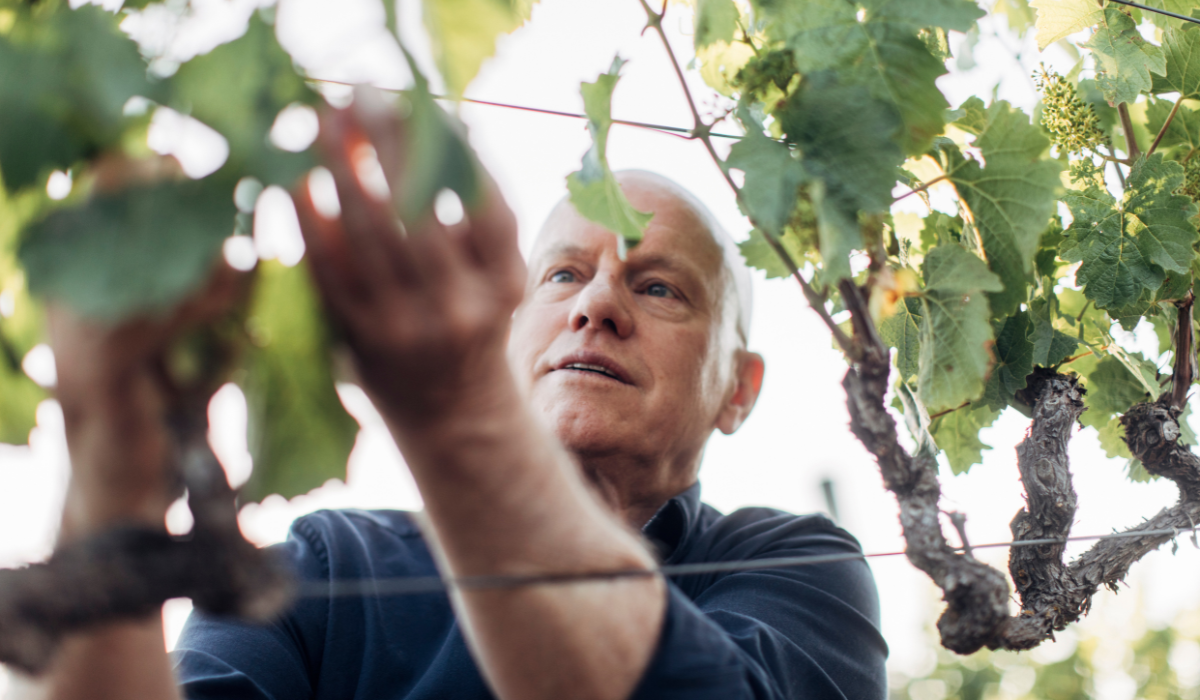
State of play
So iconic is the riesling of Clare Valley that it’s hard not to be myopic in conversations about the region. Surprisingly, it’s not the most planted grape variety in Clare, with shiraz (and cabernet!) plantings more prominent. Regardless, it’s the high tensile, acid driven, dry rieslings of the region that are ubiquitous. Indeed, Clare riesling arguably commands attention nationally, and globally, for iconic status and individual styling, at the apex of all Australian wine styles.The breadth of Clare riesling is relatively narrow, however, despite the distinctions of parishes and subregional nuance. When at its best, Clare riesling is transcendent and detailed, offering a cornucopia of citrus, mineral, stone fruit, herb and spice with textural nuance, sense of precision and extraordinary length.
The topflight producers of the region seem to eke out this complexity by more or less following a ritual path in winemaking, with stainless steel, cold fermentation, judicious fining and filtration bywords of that process.
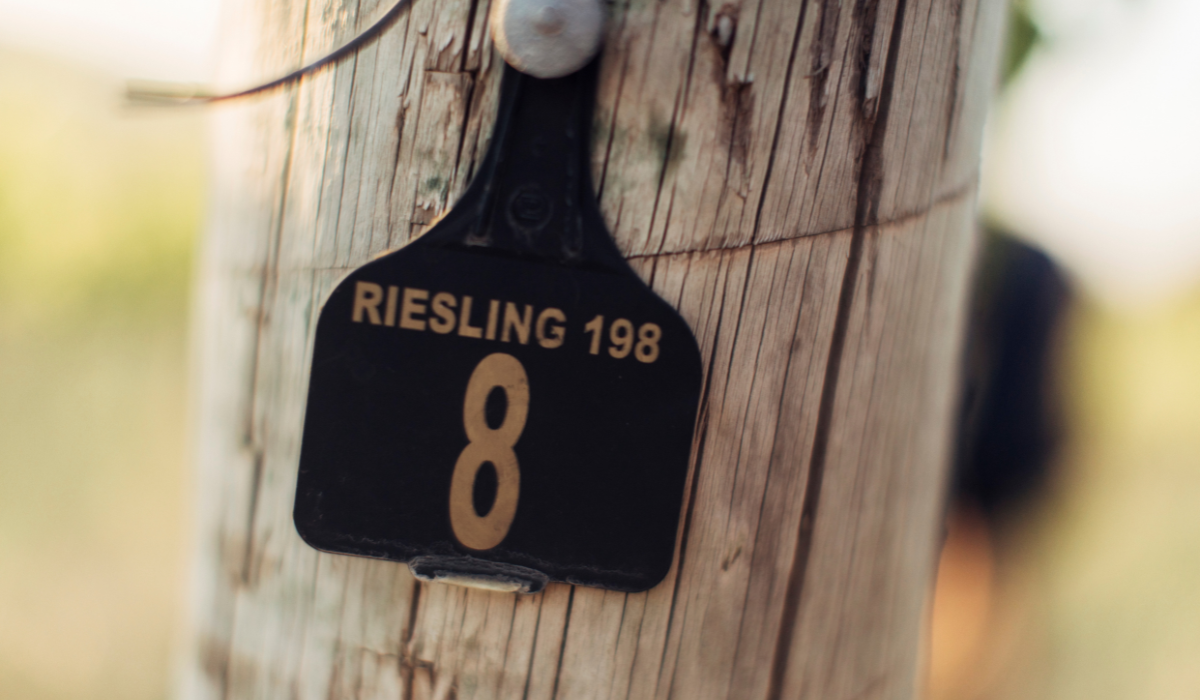
The scheme for winemaking seems to have become near omnipresent, with a sense that producers with access to vineyards of more modest pedigree are employing basic winemaking that leaves many wines diffuse in character, aggressively acidic and often with unresolved yeast floral characters not gelling in the wine.
The 2022 releases are universally at a very high standard, indeed, at equal measure to best vintages of the past two to three decades. Top wines are memorable, drink with charm in youth (though you need an enthusiasm for acidity!) and should cellar prodigiously. More modest producers have released wines with easy charm from this stellar 2022 growing season.
Red wines continue in their bold and bolshy way, with heft and concentration the mainstay of shiraz, cabernet and blends using both, though many wines feel retrofitted with acid, oak and tannin as the juggle of water (drought) and heat (earlier harvests) issues manifest.
Shiraz from 2020 and 2021 feels hefty. Cabernet similarly styled and iterations of blends follow suite. Best examples manage the balance of alcohol, tannin, ripeness and winemaking edifice/oak seasoning. Tastings seem to suggest that flavour in recent vintages is coming on earlier, requiring more judicious picking decisions and perhaps a small side step in thinking about what Clare’s inherent red wine styles set out to achieve.

Likewise notable from the region is the quiet rise of lesser sung varieties. While making up a very small portion of the region (some 80 per cent is set aside to riesling, shiraz and cabernet), pinot gris, malbec, semillon, grenache, tempranillo, sangiovese, mataro and fiano show promise.
Most of these varieties seem to see winemakers pin back the winemaking edifice and opt for wines that are less forced, with lees contact, wild ferments, skin contact, and eschewing filtering and fining a more common approach, rendering interesting, progressive wine styles. The quieter wines find a welcome place amongst the canons of Clare’s traditional wines.
This article is for Halliday members only. Sign up to become a member here.
-
Wines to try from the Clare Valley
-
limefinger
Solace Riesling 2022
Clare Valley -
Rieslingfreak
No. 8 Schatzkammer Riesling 2022
Sweet | Clare Valley -
Pikes
The Merle Riesling 2017
Clare Valley -
Clos Clare
Watervale Riesling 2022
Clare Valley -
Jim Barry Wines
The Farm Single Vineyard Cabernet Sauvignon 2021
Clare Valley -
Kilikanoon Wines
Walton 1946 Grenache 2020
Clare Valley -
Jim Barry Wines
Expression by Tom Barry Malbec 2021
Clare Valley -
Bourke & Travers
Grenache Shiraz Mourvèdre 2021
Clare Valley -
Kilikanoon Wines
Oracle Shiraz 2019
Clare Valley -
O’Leary Walker Wines
Watervale Nero d'Avola 2019
Clare Valley
Latest Articles
-
News
The power of perspective: Ryan Ponsford's Entropy
2 Dec 2025 -
Events
Halliday Wine Academy: Wine Immersion Tours
30 Nov 2025 -
Travel
Scenic's Southern France and Bordeaux river cruises are tailor made for wine lovers
30 Nov 2025 -
News
What’s in a name? The etymological origins of popular grapes.
30 Nov 2025
More Tasting Team on Tour
-
From the tasting team
Tasting Team on Tour: Ned Goodwin MW finds gold in the Adelaide Hills
28 Feb 2023 -
From the tasting team
Tasting Team on Tour: Mike Bennie visits the Granite Belt
21 Dec 2022 -
From the tasting team
Tasting Team on Tour: Dave Brookes heads to the Barossa Valley
1 Feb 2023 -
From the tasting team
Tasting Team on Tour: Dave Brookes visits Tasmania
9 Oct 2022












